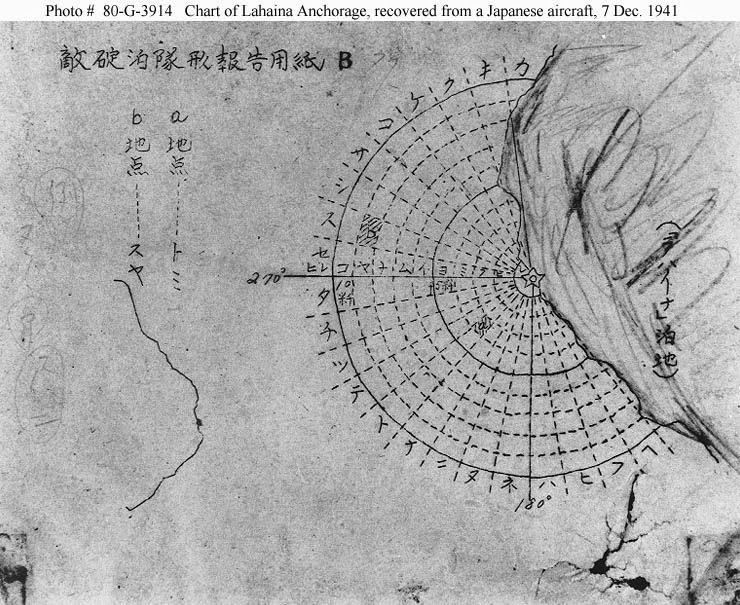On this
day in 1954, Nobel Prize-winning physicist Enrico Fermi, the first man to
create and control a nuclear chain reaction, and one of the Manhattan Project
scientists, dies in Chicago
at the age of 53.
Fermi was
born in Rome on September 1, 1901. He made his career choice of physicist at
age 17, and earned his doctorate at the University of Pisa at 21. After
studying in Germany under physicist Max Born, famous for his work on quantum
mechanics, which would prove vital to Fermi's later work, he returned to Italy
to teach mathematics at the University of Florence. By 1926, he had been made a
full professor of theoretical physics and gathered around him a group of other
young physicists. In 1929, he became the youngest man ever elected to the Royal
Academy of Italy.
The
theoretical became displaced by the practical for Fermi upon learning of
England's Sir James Chadwick's discovery of the neutron and the Curies'
production of artificial radioactivity. Fermi went to work on producing
radioactivity by means of manipulating the speed of neutrons derived from
radioactive beryllium. Further similar experimentation with other elements,
including uranium 92, produced new radioactive substances; Fermi's colleagues believed
he had created a new, "transuranic" element with an atomic number of
93, the result of uranium 92 capturing a neuron while under bombardment, thus
increasing its atomic weight. Fermi remained skeptical, despite his fellow
physicists' enthusiasm. He became a believer in 1938, when he was awarded the
Nobel Prize in physics for "his identification of new radioactive
elements." Although travel was restricted for men whose work was deemed
vital to national security, Fermi was given permission to go to Sweden to
receive his prize. He and his wife, Laura, who was Jewish, never returned; both
feared and despised Mussolini's fascist regime.
Fermi
left Sweden for New York City,
Columbia University, specifically, where he recreated many of his experiments
with Niels Bohr, the Danish-born physicist, who suggested the possibility of a
nuclear chain reaction. Fermi and others saw the possible military applications
of such an explosive power, and quickly composed a letter warning President
Roosevelt of the perils of a German atomic bomb. The letter was signed and
delivered to the president by Albert Einstein on October
11, 1939. The Manhattan Project, the American program to create its own atomic
bomb, was the result.
It fell
to Fermi to produce the first nuclear chain reaction, without which such a bomb
was impossible. He created a jury-rigged laboratory, complete with his own
"atomic pile," in a squash court in the basement of Stagg Field at
the University of Chicago. It was there that Fermi, with other physicists
looking on, produced the first controlled chain reaction on December 2, 1942.
The nuclear age was born. "The Italian navigator has just landed in the
new world," was the coded message sent to a delighted President Roosevelt.
The first
nuclear device, the creation of the Manhattan Project scientists, was tested on
July 16, 1945. It was followed less than a month later by the bombing of
Hiroshima and Nagasaki. After the war, Fermi, now an American
citizen, became a Distinguished Service Professor of Nuclear Studies at the
University of Chicago, consulting on the construction of the first
large-particle accelerator. He went on to receive the Congressional Medal of
Merit and to be elected a foreign member of the Royal Society of London.
Among other honors accorded to
Fermi: The element number 100, fermium, was named for him. Also, the Enrico
Fermi Award, now one of the oldest and most prestigious science and technology
awards given by the U.S. government, was created in his honour.
Taken from: http://www.history.com/this-day-in-history/enrico-fermi-architect-of-the-nuclear-age-dies [27.11.2014]












































